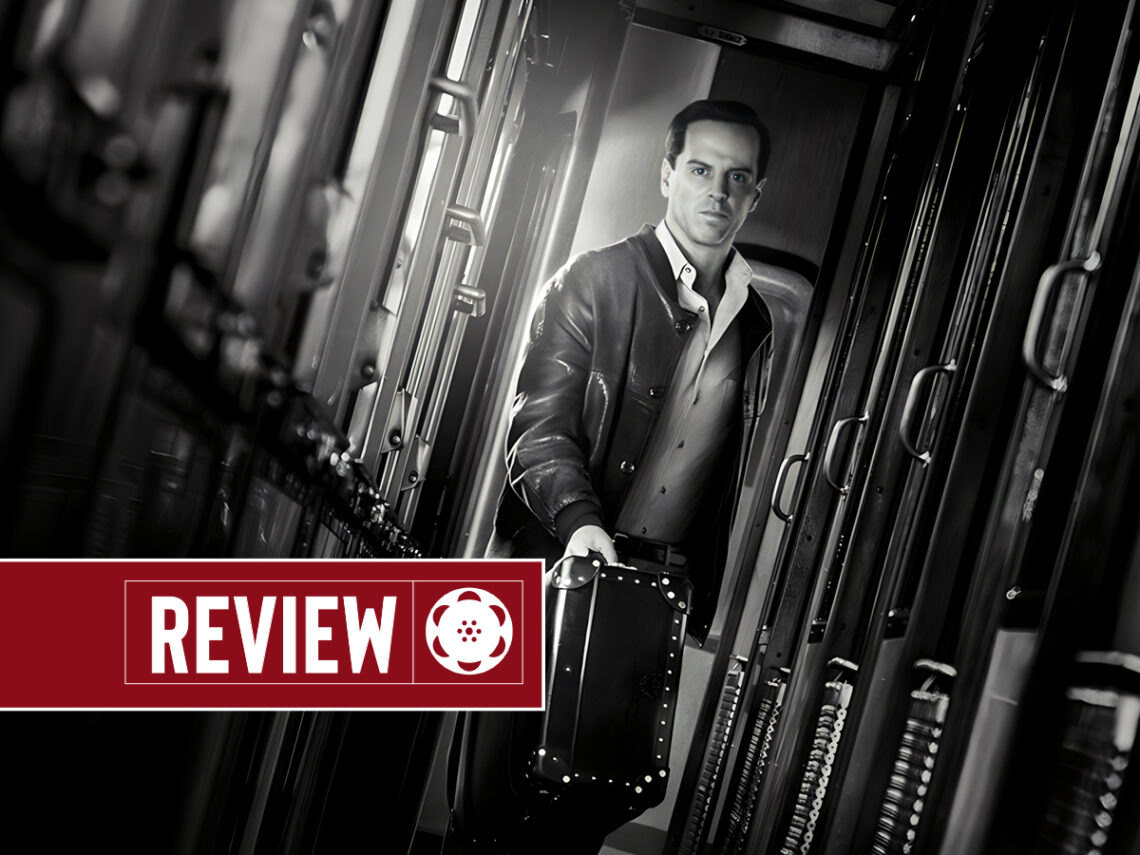A breeder of snails, lover of cats, a supporter of Palestinian’s right to self-determination, and fascinating psychopathy in her fictional protagonists, Patricia Highsmith’s The Talented Mr Ripley got its flowers when Anthony Minghella adapted it for the screen in 1999. Starring Matt Damon, Jude Law, Gwyneth Paltrow, Cate Blanchett, and Philip Seymour Hoffman—the who’s who of Hollywood in the golden 1990s, the film went on to receive five Academy Award nominations. The Talented Mr Ripley is still considered one of the best psychological thrillers and book adaptations to come out of Hollywood. So, it was natural that a Netflix adaptation may have seemed unnecessary to some. However, Ripley is not only a tour de force, but one of the shiniest, most prestigious additions to Netflix’s repertoire, and one would be a fool to give it a miss.
In the shadows of 1960s Italy, where arches loom ominously, and chiaroscuro contrasts reign supreme, the tale of Tom Ripley unfolds in Steven Zaillian’s (who won an Oscar, a Golden Globe Award and a BAFTA Award for his screenplay Schindler’s List) breathtaking adaptation of Highsmith’s classic. The eight-episode limited series, starring Andrew Scott as the titular Ripley, is a visual delight, melding the allure of old Hollywood noir and Italian neorealism with a subtly modern twist.
From its onset, Ripley grips you with its meticulously crafted ambience, reminiscent of German expressionism’s bold strokes and stark contrasts. The monochrome palette, a nod to classical cinema, sets the stage for a journey into the murky depths of a psychopath’s mind.
The story may be familiar to anyone who has read or watched any of the other adaptations of the novel. But do not go in believing Ripley to be a lazy rehash of Minghella’s adaptation, which took plenty of artistic liberties to bring the story to life. Zaillian’s Ripley is a voyeur, a stalker, a con man, a thief with the nimblest fingers, and inspired as much by Caravaggio’s Baroque brushstrokes as his macabre murderous sensibilities.
Ripley follows our protagonist’s journey from the bustling streets of New York City to the sun-drenched shores of Italy, where he meets Johnny Flynn’s Dickie Greenleaf. Unlike Minghella’s Dickie, who is so easy to detest, Flynn—who looks like a young Nolan—plays Dickie with an old-world charm and easy affability. Dakota Fanning is spectacular as the slippery and inscrutable Marge Sherwood. Her measured performance only heightens the taut tension of the unfolding drama.
Eliot Sumner’s casting as Freddie Miles is revolutionary, more so if you keep in mind Highsmith’s own explorations with gender and sexual identities in her work as well as her personal life. Sumner, who does not identify with any gender label, slips into the role played by Hoffman in the 1999 adaptation with perfection. Unlike Dickie and Marge, in Ripley, Freddie becomes the face of the obnoxiously indulgent upper classes.
Scott’s portrayal of Tom Ripley is tremendously nuanced, sometimes darkly comic and often unnerving. Scott’s performance captures Ripley’s multifaceted nature, from his giddily repressed menace to his desperate pragmatism in the face of escalating crimes. Unlike Damon’s Ripley, Scott does not leave any room for doubt about his remorseless psychopathy.
However, as much as the star cast delivers performances of a lifetime, the true hero of the series is its cinematography, etched by frequent Paul Thomas Anderson collaborator Robert Elswit. Jeff Russo’s music underscores every major moment with soaring profundity, never once overstepping or overwhelming.
Zaillian’s direction is masterful. Each frame is beautifully composed to evoke a sense of unease and foreboding. The use of mostly static shots and minimal tracking scenes creates an atmosphere of overbearing claustrophobia and misplaced urgency, mirroring Ripley’s increasingly precarious situation.
At its core, Ripley is a study in contrasts—ghoulish yet gorgeous, macabre yet mesmerising. The series deftly navigates between moments of subtle dark humour and unnerving tension. And it truly keeps you on the edge till the very last frame.
Despite its black-and-white aesthetics and delicious debauchery, some viewers may find the pacing of Ripley to be slow, and those with intense streaks of thalassophobia may find certain scenes unsettling. However, these minor quibbles pale in comparison to the series’ overall brilliance. Ripley is a neo-noir masterpiece.
You can watch Ripley on Netflix and check out the trailer here:
